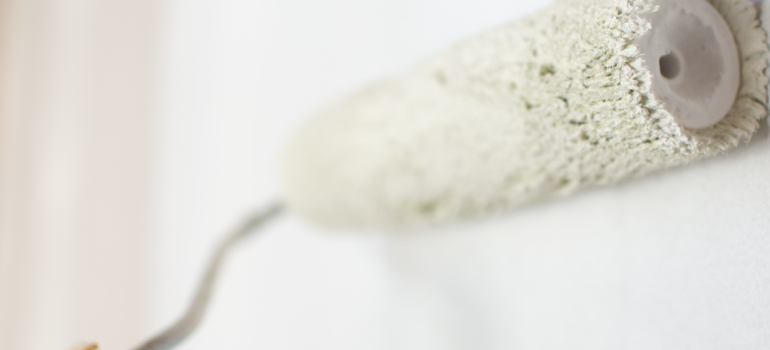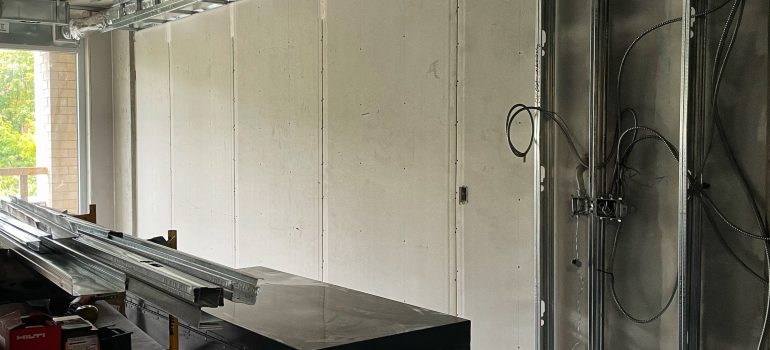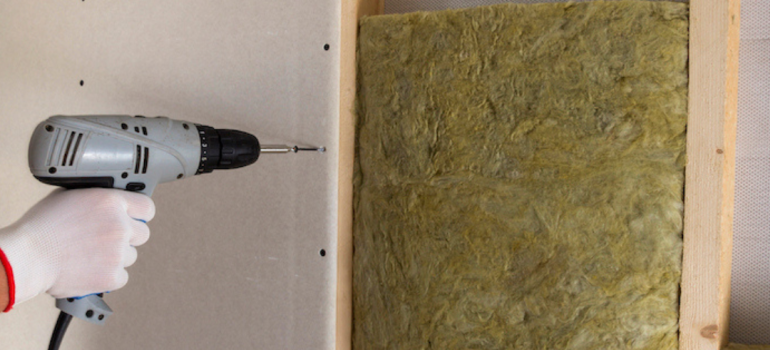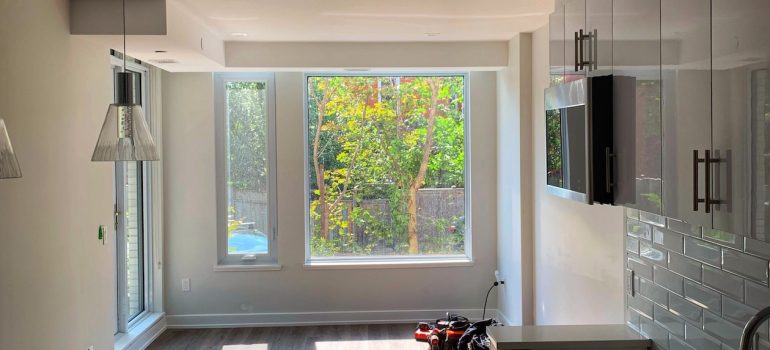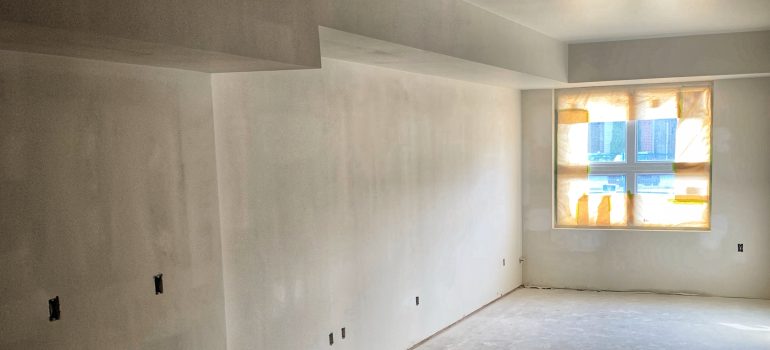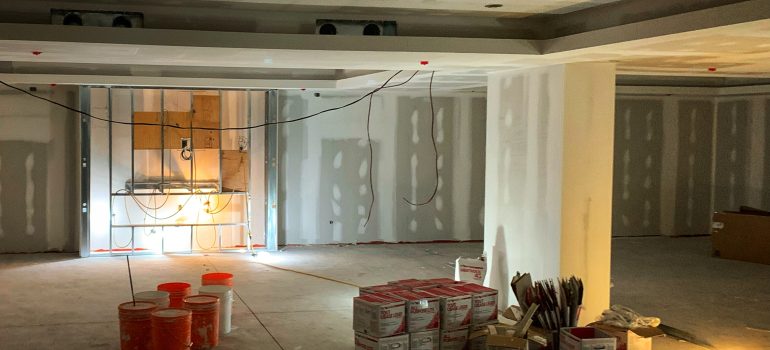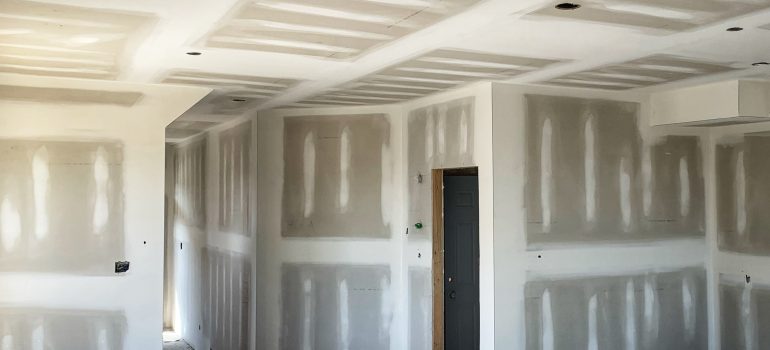DIY Guide: Repairing Drywall Like a Pro
Drywall is a staple material in the construction of most homes and offices. It’s known for its versatility, affordability, and ease of installation. But like any other building material, it’s not immune to wear and tear, which can result in unsightly holes, dents, or water damage. The good news is, you don’t always need to hire a professional for repairing drywall. With the right tools, materials, and guidance, you can take on this project yourself. Let’s delve into the comprehensive DIY guide on how to repair drywall like a pro.
Understanding the Basics
Before you get started, it’s essential to understand what drywall is. Essentially, it’s a panel made from gypsum plaster, sandwiched between two thick sheets of paper. Drywall comes in different thicknesses, typically 1/4″, 3/8″, 1/2″, and 5/8″. The most common is the 1/2″ for interior walls and ceilings.
Recognizing Common Drywall Issues
Drywall issues can vary, and it’s crucial to identify what kind of damage you’re dealing with. The most common issues include small holes (from nails or screws), large holes (often from door handles or accidents), cracks, and water damage. Each type of damage will require a slightly different repair approach.
Gathering Essential Tools and Materials
To fix drywall, you’ll need the right tools and materials. A standard repair kit might include a utility knife, drywall saw, drywall screws, a screwdriver, joint compound, drywall tape, and a drywall patch for larger holes. Remember to ensure your safety by wearing protective goggles and a dust mask.
Small Holes Repair: A Simple Patchwork
Repairing small holes, like those from nails or screws, is pretty straightforward.
- Clean and Prep: Begin by cleaning the area around the hole, removing any loose debris using a utility knife.
- Apply the Joint Compound: Once the area is clean, apply a layer of joint compound around the hole.
- Install the Patch: Place a self-adhesive mesh patch over the hole, then apply another layer of the joint compound over it. Smooth it out with a drywall knife and let it dry.
- Sand and Paint: After it dries, sand the area until it’s flush with the wall. Wipe off the dust and finish by painting over the patch to match your wall.
Large Holes Repair: A Bit More Complex
For larger holes, you’ll need to insert a new piece of drywall.
- Cut Out the Damaged Area: Start by cutting out a square around the damaged area using a drywall saw.
- Install a Support: Cut two pieces of 2×4 slightly larger than the hole. Insert them into the hole horizontally and secure them with drywall screws.
- Cut and Attach the New Drywall: Cut a new piece of drywall to fit the hole, then screw it into the2x4 supports you just installed. Make sure the new piece is flush with the existing drywall.
- Seam Treatment: Cover the seams with drywall tape, then apply a layer of joint compound over the tape, extending a couple of inches on each side to blend it with the existing wall.
- Sand and Paint: Allow the compound to dry, then sand the area smooth. Wipe away any dust, then paint to match the rest of the wall.
Cracks and Water Damage: Be Cautious
Cracks can often be treated like small holes, using a layer of joint compound, sanding, and painting. But recurring cracks may signal more serious structural issues, and you should consider consulting a professional.
Water damage can lead to mold growth, so it’s essential to find the water source and fix it before repairing the drywall. If the damage is significant, the drywall should be replaced entirely, just like repairing a large hole.
Final Thoughts
With a little patience and the right techniques, repairing drywall can be a fulfilling DIY task. It’s a great way to keep your walls looking sharp without hiring a professional. However, if the damage is extensive or the result of a larger issue like a leak or structural problem, it’s always wise to consult with a professional.
Remember that practice makes perfect. Your first few attempts may not look flawless, but don’t let that deter you. Keep at it, and soon, you’ll be repairing drywall like a pro. Happy fixing!
Contact RGZ Cambridge today for all your drywall needs: We are industry leaders in Commercial and Residential projects. Call us today: 613-695-5544 or reach us via this page.


